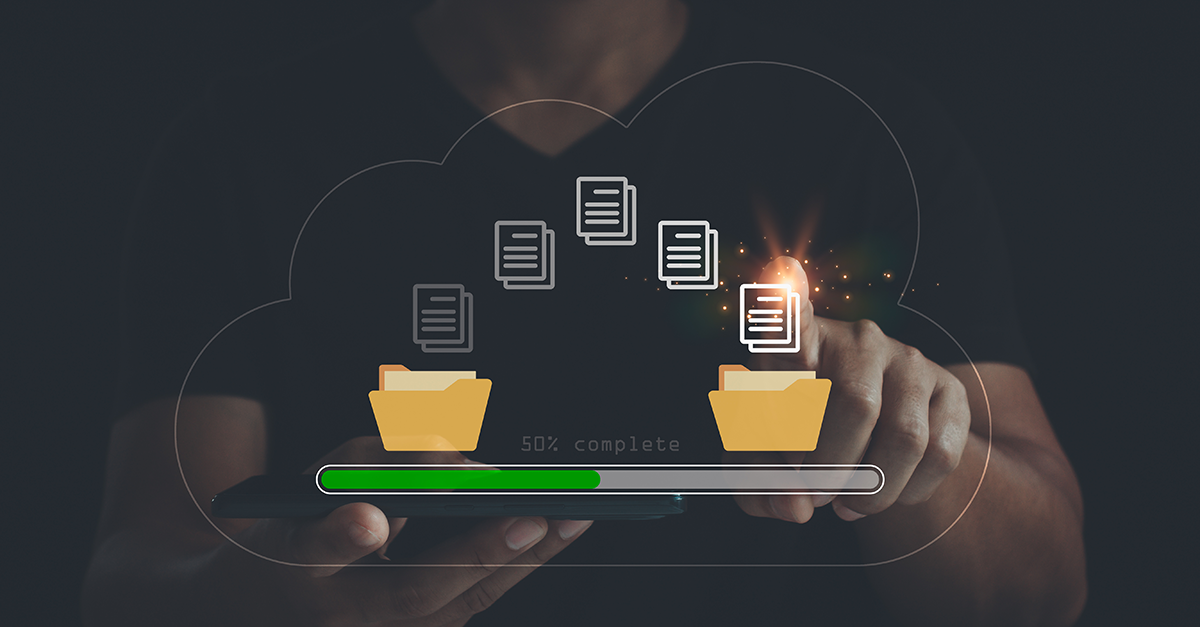#{ item.name }
#{ truncateText(item.metadescription) }
Intragen Newsroom
29 Jul 2025
/3 min read

Why It’s Time to Upgrade Your One Identity Web Portal: What You Need to Know if You're Still on Pre-9.2.3 Versions
If your organisation is still running a version of One Identity Manager that’s older than 9.2.3, now is the time to seriously consider upgrading. With significant architectural changes to be introduced in version 9.3, particularly the complete transition to the Angular-based web portal, organisations on legacy versions face increasing technical, operational, and compliance risks.
In this blog, we’ll explore what these changes mean, the potential impacts of staying on an outdated version, and how you can plan a smooth and strategic upgrade path.
The Key Shift: From Web Designer to Angular
Historically, the Web Designer portal has been the go-to interface for interacting with One Identity Manager. That’s changing – version 9.3 officially retires the Web Designer portal in favour of a modern, Angular-powered UI. The new portal is faster, more intuitive, mobile-friendly, and aligned with current front-end development standards.
If you're using a version older than 9.2.3, your environment is running on a legacy interface that’s moving into its end-of-life phase.
End-of-Support Timeline
Here’s what you need to know about version support:
If you’re still on pre-9.2.3 versions, you’re already missing:
What's New in the Angular Portal (v9.3+)
One Identity 9.3 introduces more than just a UI upgrade. Here’s a snapshot of the changes:
The new framework not only looks better – it works smarter. You’ll benefit from faster load times, stronger security, and easier scalability.
Risks of Staying on an Older Version
Remaining on an outdated version is more than a technical inconvenience – it introduces real business risks:
Increased Security Exposure
Unsupported software is a target for attackers. Without security patches, you risk data breaches, failed audits, or non-compliance with frameworks like GDPR or ISO 27001.
Compatibility Breakdowns
Newer platforms (e.g., Windows Server 2022, SQL Server 2022) and browsers (like Chromium Edge) may not play well with your current setup.
Upgrade Complexity
The further behind you fall, the more challenging the eventual upgrade becomes. You may need to perform a multi-step migration with testing at each stage. Customisations, especially those in the Web Designer portal, will need to be rebuilt for Angular.
Limited Support
Support tickets may be deprioritised, and you won’t receive bug fixes, performance improvements, or help with newly discovered issues.
Planning Your Upgrade Path
If you’re currently on an older version, here’s how to move forward:
Next Steps
The shift to Angular represents the future of the One Identity platform – and the sooner you start the upgrade process, the smoother and safer your transition will be.
If you’re on a version earlier than 9.2.3, now is the time to begin planning. Not only will this help you maintain support and security, but it will also unlock a more modern, efficient experience for your users.
Need help? Intragen offers a migration service to support this process. The first stage is a free of charge 'pre-assessment' to understand the current environment and needs, to provide a clear understanding of the scope and preconditions. Book your free assessment by contacting us here.
#{ truncateText(item.metadescription) }
#{ item.author_name }
#{ item.date }
/#{ item.readtime } min read